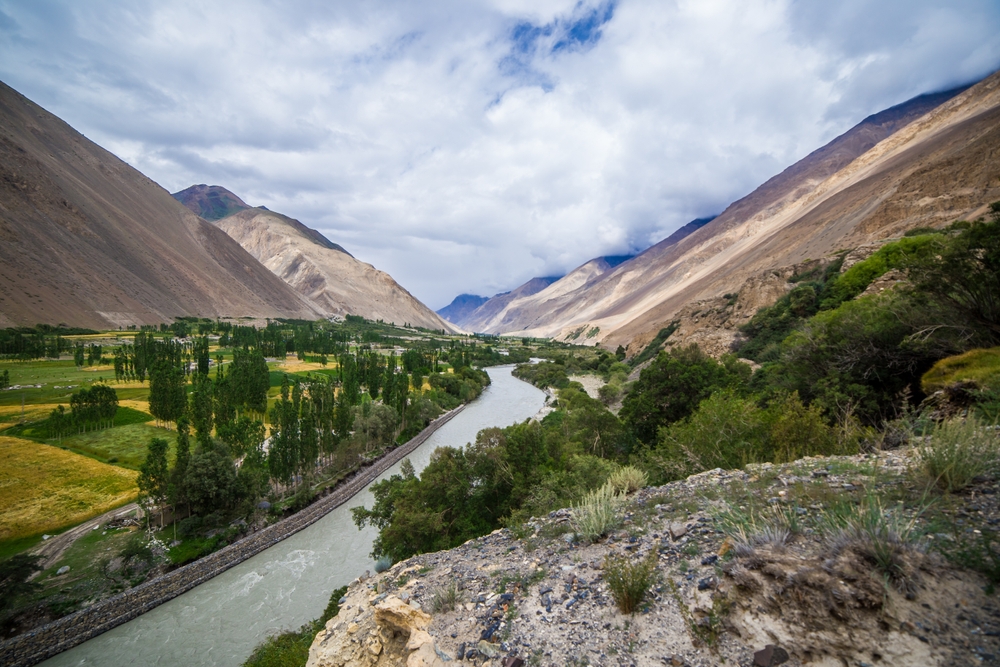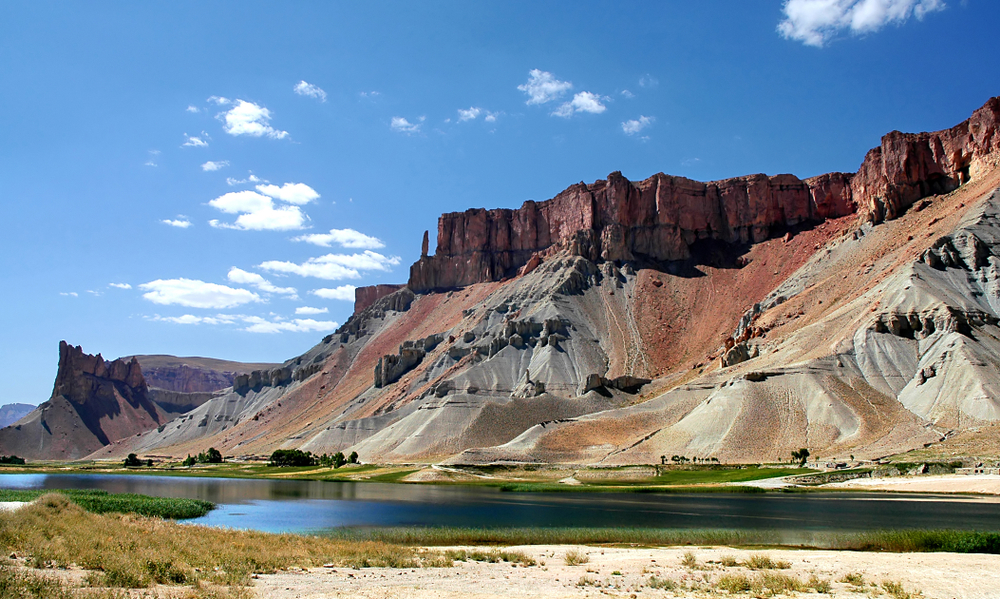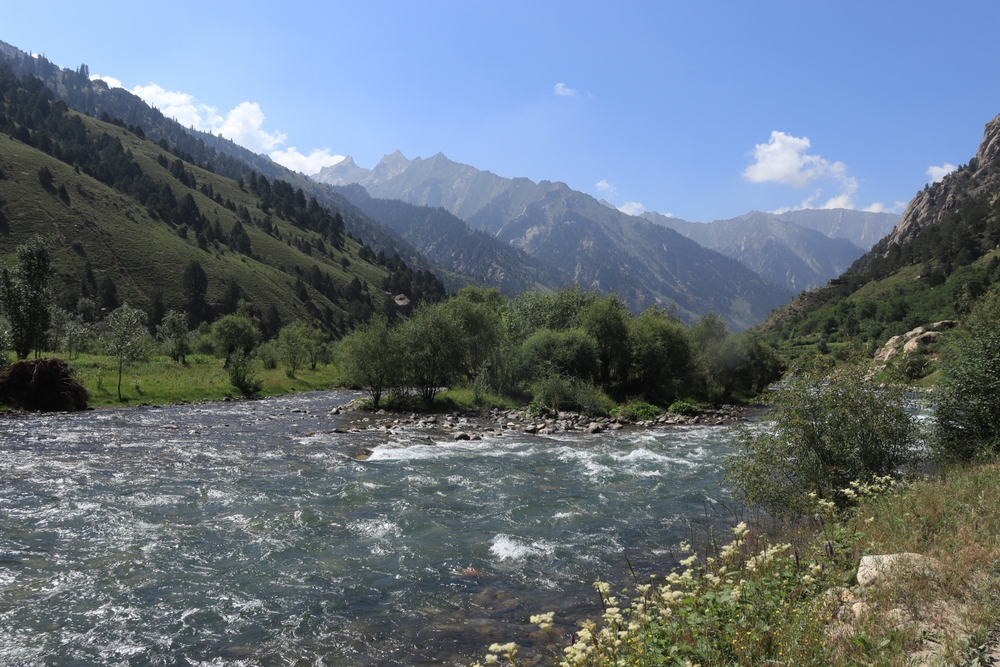Wakhan Overview
Wakhan National Park (locally known as پارک ملی واخان) is located in northeastern Afghanistan, within the remote and mountainous Wakhan Corridor, a narrow strip of land nestled between Tajikistan, Pakistan, and China. Covering an expansive area of approximately 4,200 square miles (10,900 square kilometers), it is one of Afghanistan’s largest and most remote national parks. The park’s landscape is dominated by the towering peaks of the Pamir and Hindu Kush mountain ranges, with elevations ranging from 8,200 feet (2,500 meters) to over 24,000 feet (7,300 meters) at its highest points.
Wakhan National Park’s landscape is rugged and dramatic, featuring snow-capped mountains, vast high-altitude valleys, glaciers, and rivers. The Wakhan Corridor itself is a key historical and geographical feature, once part of the ancient Silk Road. The park’s remote location and extreme elevations create a harsh environment, but its natural beauty is unparalleled, with expansive views of some of the world’s most stunning mountainous terrain.
Vegetation in Wakhan National Park is sparse due to its high altitude and cold climate. However, alpine meadows flourish during the short summer months, providing grazing areas for local livestock and wild herbivores. The lower valleys feature grasslands and small patches of shrubs, supporting a modest range of plant life adapted to the cold.
Wakhan National Park is home to some of the world’s most elusive wildlife species. The park provides critical habitat for the endangered snow leopard, as well as species such as the Marco Polo sheep, ibex, and wolves. Bird species like the Himalayan vulture and golden eagle are also commonly seen soaring above the park’s peaks. The Wakhan Corridor is a haven for wildlife conservation and remains one of the most pristine wilderness areas in the region.
Park Map
Wakhan National Park Highlights
Share your clicks with us
Related National Parks More Afghanistan
Sources
- ICIMOD, Wakhan National Park, https://www.icimod.org/wp-content/uploads/2019/12/Wakhan-National-Park.pdf, retrieved August 2024.
- National Geographic, Getting to Know Afghanistan's New National Park, https://www.nationalgeographic.com/animals/article/140404-wakhan-national-park-afghanistan-kyrgyz, retrieved August 2024.
- Nehrin, Wakhan National Park, https://nehrin.com/wakhan-national-park/, retrieved August 2024.
- Wikipedia, Wakhan National Park, https://en.wikipedia.org/wiki/Wakhan_National_Park, retrieved August 2024.
- Wiki Voyage, Wakhan Corridor, https://en.wikivoyage.org/wiki/Wakhan_Corridor, retrieved August 2024.












































































